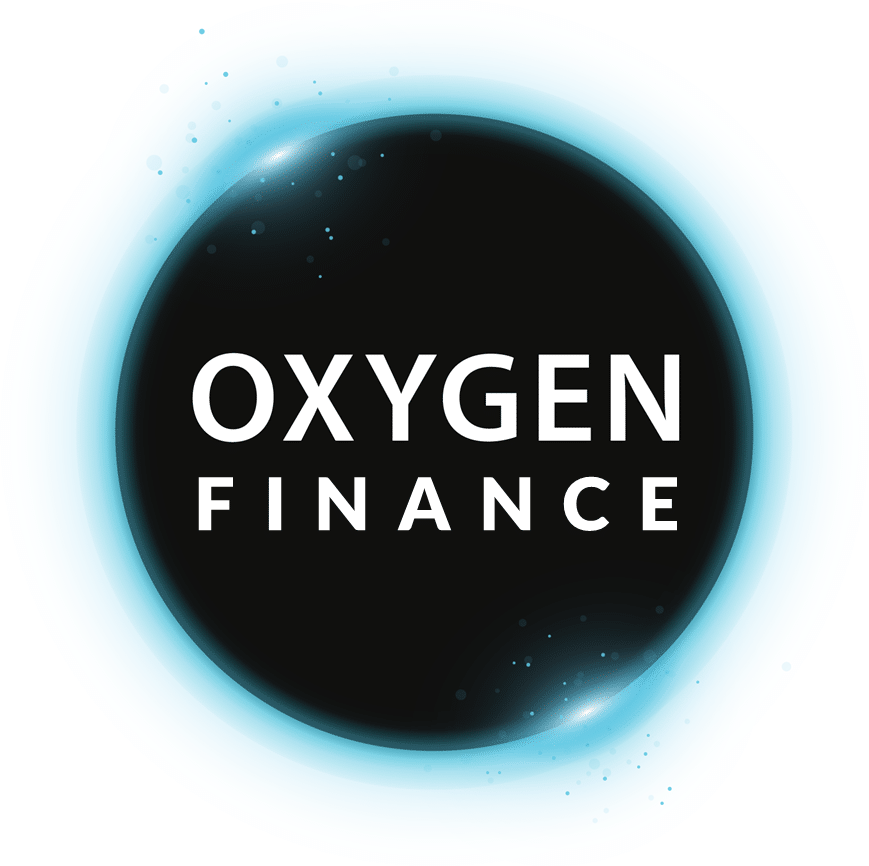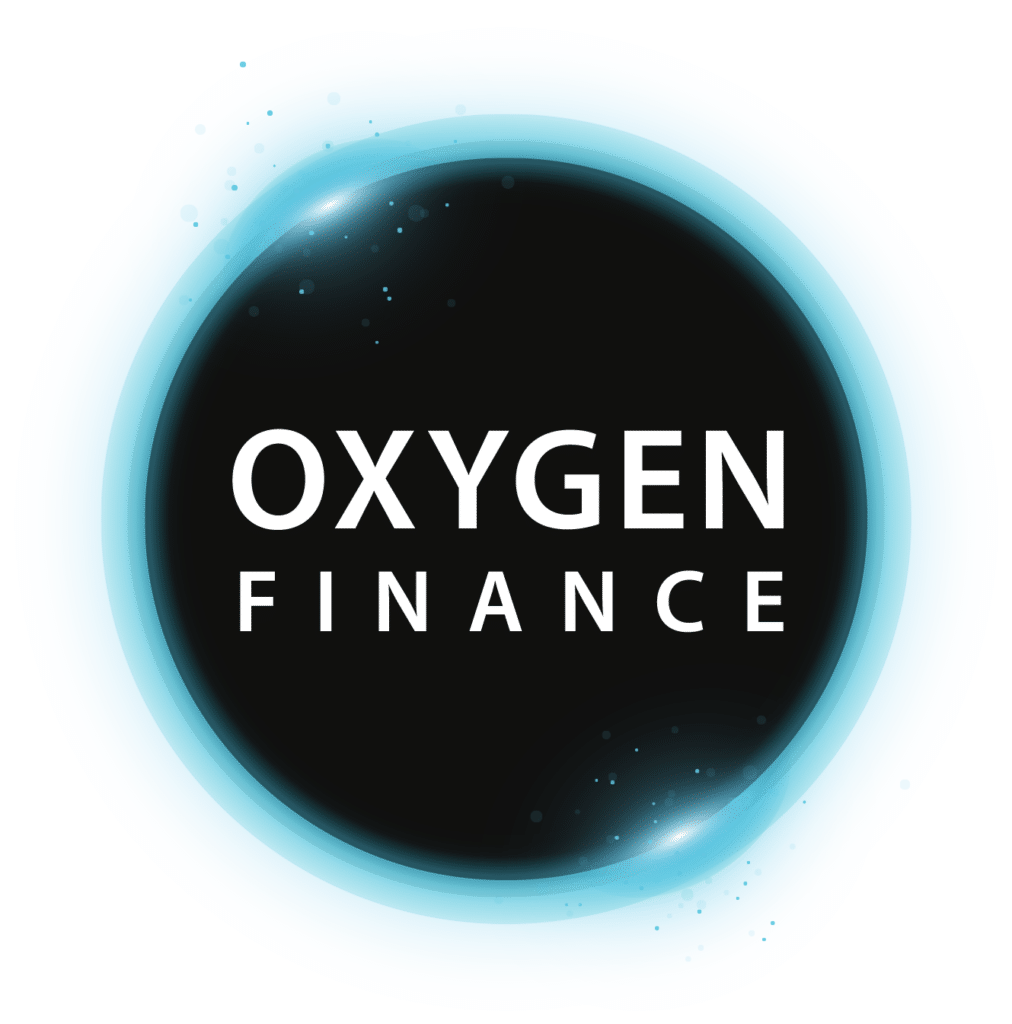As the calendar races towards the 28th October, local authorities are identifying how they can best prepare their contract management and e-procurement systems for the changes brought about by the Procurement Act.
In readiness, the CPO Advisory Forum hosted an open discussion to identify requirements and consider the practical aspects of delivering this wide-reaching programme of change. The group determined three areas of focus based on the foundations needed and where they could have greatest influence. The three areas were:
– The minimum levels of readiness required for 28th October
– Data output, requirements and assurance
– Current system capability
As collaboration is at the heart of the CPO Forum, we wanted to share these so that others may benefit from the findings. Representatives from Oxygen Finance followed the conversations on the day.
Minimum levels of readiness

Briony Turton, Sourcing Improvement Lead
The Need for Early Engagement
To support implementation of the upcoming changes, delegates agreed foremost that a positive level of engagement and understanding of the Procurement Act within procurement, executive leadership teams, and amongst the wider organisation, in addition to the supplier base, was vital to success.
As most Local Authorities do not have a fully centralised procurement & contract management model, with most contract management operating within the Service Areas and the procurement pipeline being heavily influenced by the needs of the service, in addition to many of the requirements of the Act relying on collaboration between Procurement, Finance, and contract owners, engagement as a critical part of the change management process cannot be overlooked.
There were many recommendations for achieving this, which included:
- Requiring that the any members of staff involved in the Procurement / Contract Management process must complete all modules of e-learning around the Procurement Act that are available.
You can find a full outline of all Official Training & Learning materials here: https://www.gov.uk/government/publications/the-official-procurement-act-2023-e-learning
- Ensuring all internal processes & policies are up to date and reflect the requirements of the Act.
- Creating a handbook or “quick-reference guide” using non-technical language that would be easily accessed and understood by groups outside procurement to ensure the key elements of the Procurement Act are conveyed. This is particularly relevant where there are obligations on other teams and service areas to support with meeting the requirements.
- Ensuring the Procurement Act is a standard agenda item on all senior leadership governance sessions throughout the implementation to ensure all members at an executive level understand their role and responsibilities.
- Facilitating supplier engagement events or days to ensure that and current or future suppliers are made aware of the changes, the impact it will have on their bidding process, and their future contracts.
- Creating and implementing a Contract Management Framework, so that regardless of where the responsibility of contract management lies within the organisation, the key requirements of the Act are consistently met and applied.
Publishing Notices and Improvising Visibility
Another major change the Act imposes is the increased requirements around publishing notices. There are now 17 notices required to be published throughout the contract and procurement lifecycle – a huge shift and additional administration burden on procurement teams, and in turn, a huge amount more transparency and information for the market to have access to.
Considerations amongst the group for approaching this jump in required transparency included:
- How to engage effectively where below-threshold tenders and contracts are managed out in the Service Area.
- Where no systems are currently available that allow the automatic publishing of all notices, how to go about manually producing all information that is required.
- As there was early awareness of the requirement to publish their procurement pipeline, many authorities have begun preparations. However, there are many still using manual methods and holding information in Excel and Google Docs, for example, which provides a short-term fix but may not be sustainable in the longer term.
Challenges to overcome before 28th October
There were several challenges raised by the group relating to the steps that need to be taken:
- There is limited resource and skill to be able to support the implementation of the new regulations, and to facilitate all the necessary engagement across the organisation.
- The minimum requirement for 28th October is the full set of legislation – there is currently no implication of a phased approach to help break up the actions that need to be taken. All new requirements need to be prepared for.
- The majority of authorities operate a hybrid structure where elements of Procurement and Contract Management are decentralised – but as the requirements of the Act will largely fall on the Procurement function’s shoulders, having centralised guidance or frameworks needs to be seriously considered.
Data output and requirements

Sarah Harnin, Client Success Manager
Timely access to accurate and consistent data will be vital for meeting the new reporting requirements. As such, the storage and maintenance of data sets was identified by the CPO Forum as a major consideration.
The majority of authorities are using several different systems for pipeline management, e-procurement, contract management, and payment and vendor management. The Act requires consistent data across several of these systems to be amalgamated into single reports, or notices to track data points across several touch points in the systems.
Below are a few key themes raised by the CPO Forum and the considerations to take into account when preparing data and systems for the 28th October.
KPIs
The Procurement Act 2023 mandates the publication and tracking of at least three Key Performance Indicators (KPIs) for contracts valued over £5m, with annual reporting. This only applies to new contracts procured under the act.
Considerations of the group included:
- The need to implement a process or system that centrally verifies the KPI data, ensuring that they are consistently applied
- The emphasis on engagement and training for contract managers that sit outside of the Procurement Function
- The importance of collaboration and experience-sharing amongst authorities for early contracts let with this requirement, to support with the identification of high-quality, measurable, and fair KPIs
Publishing data for public consumption
The new requirements around publishing depend heavily on collecting, maintaining and storing the correct data.
As with the group discussing ‘minimum levels of readiness’, in considering the requirements, there was a strong belief that good communication will play an important role and there is a need to get stakeholders working together from the outset.
In addition, the group came to a consensus on the following:
- Management and publication of a Procurement Pipeline will require organisation-wide collaboration and co-operation, with Service Areas playing more of a role in early identification of needs and ensuring projects are approved prior to reaching out for Procurement support. The group discussed several potential methods for doing this, including:
- Issuing forms to Service Areas to gather information on upcoming procurements, any changes to the contract register, or on the mandatory KPI reporting
- Having monthly or quarterly reviews with nominated members from each Service Area, to review the performance of key contracts and update any registers required
- There will be a significant resource implication in the process of cleansing the data to ensure it is ready for publication, including analysis to identify any gaps and maintenance and completeness of key data points. Many authorities are exploring systems that can support with this data quality management and make the process as streamlined as possible, such as Pipeline Manager.
Challenges to overcome with regards to data outputs & requirements
There is a significant risk of human error in having many different data sources from across an organisation, in addition to challenges around managing the data in the first place.
- Similarly to the challenges around minimum levels of readiness, Authorities will be relying on contract managers within the Service Areas to provide procurement and contract management related data consistently and in accordance with the requirements. Ensuring that definitions, formats, and frequencies are clearly communicated and understood across all involved in the process will be critical.
- Managing data across several systems that do not communicate can lead to inconsistencies and more challenges in accessing the data that is required to fulfil the needs of the act. Authorities are looking to systems providers to support in better cross-system collaboration to make reporting easier.
- The Central Digital Platform (CDP) is aiming to gather and maintain basic supplier organisational and financial information, reducing the repetitive nature of the tender process and holding a centralised repository of common information, in addition to allowing better tracking of tenders from inception to contract using a unique identifier. Until more details on what the CDP will look like is released, it is challenging for councils to understand any adaptations they can make to their processes to benefit from the centralised nature of the CDP with regards to data management.
Current Systems Capability

Madison Allen, Client Success Manager
Integration and consistency of data across solutions is essential for achieving accurate reporting, and to reduce the manual burden on already over-stretched teams – as alluded in the Data Outputs & Requirements discussion.
Inevitably, when discussing systems the group were able to provide feedback on individual procurement and finance solutions, their integration capabilities, and their ability to help meet the requirements of the Act.
Several recommendations were agreed as a group with regards to system providers and integration capabilities:
- As many Local Authorities as possible, as the end users of the products, must attend user groups wherever possible to act as the voice of the sector in order to be clear on requirements that need to be met by the providers. The Procurement Act guidance is not enough to develop a system that meets the requirements in practice.
- A combined effort, and collaboration amongst Authorities using the same system providers (with a particular focus on e-procurement systems), can amplify the voices asking for improvements to integrations and enhancements needed to meet the act.
- As contracts for e-Procurement and ERP systems are coming up for renewal, many authorities are now looking for integration capabilities as a core requirement.
- It was recognised that many Procurement teams do not have the right level of capability in order to make best use of the system functionality that is available – many data and systems staff are relatively junior or sit outside of the Procurement function. More digital capability dedicated to the Procurement function will ensure systems are being utilised to the best of their capabilities.
Challenges to overcome with current system capability
- As outlined above, a key challenge is a lack of system integration – this prevents any cross-system reporting, such a mapping a contract register to ERP spend against a specific contract.
- Most Authorities choose not to use a single provider across their suite of systems, due to competing requirements across the business – this relies on systems providers being willing to explore collaboration with competitors in order to meet the needs of the market.
- Systems are often developed to meet a huge range of customer needs across all sectors, or, if specified to a sector, to meet the public sector market as a whole – not taking into account the niche and unique requirements of the Local Authority market, or the need to create a system that is simple enough to be used by non-Procurement professionals.
Overall, consistent themes appear which underpin the delivery of the Procurement Act, such as the need to educate stakeholders throughout the organisation about the Act and have strong advocates within senior leadership to create momentum and support. Resource and systems readiness are the biggest constraints, with specialist help required to deliver meaningful change in a structured way, taking into account the many processes that are impacted.
Above all, the discussion highlighted the need for collaboration, teamwork, and a group effort across all Local Authorities, their system providers, and their suppliers, in order to meet the requirements of the legislation and make the most of the benefits it brings.
For those wanting more information on shared experience with individual solutions, or are interested in finding out more about the CPO Forum, email info@oxygen-finance.com
For those wanting more information on Pipeline Manager, the only Procurement Forward Plan tool created with Local Authorities in mind, visit here.




